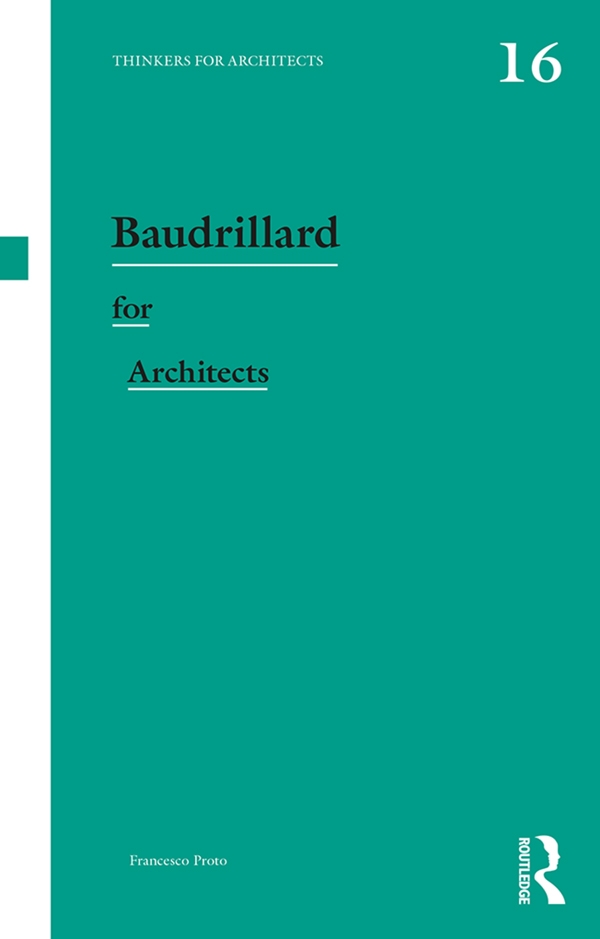Marginalized due to the deployment of both a highly specialized jargon and a novel stylistic approach meant to upset established norms and conventions, Baudrillard's thought has suffered from the lack of an accessible, consistent and comprehensive exposition able to make it relevant to diverse contemporary disciplines. As a result, its impact on architecture has always been confined to academia.
By presenting an introductory but in-depth formalization of Baudrillard's interest in architecture and related fields, this book makes intelligible his philosophical premises thus showing, through the prism of architecture, their relevance and persuasiveness today. Key concepts such as the object system, the
code,
simulation,
hyperreality and
precession, to name a few, are addressed in the light of the specially reconceptualized key construct of
ambience, thus emphasizing how the mutual concerns of architecture, urban studies and cultural studies provide a fertile ground for debate.
Such an approach, which focuses on the contradictions inherent in contemporary society from the vantage point of Baudrillard's original involvement in architectural analysis, philosophy and criticism, is one which students, practitioners and scholars alike from as diverse disciplines as architecture, interior design and urban studies - but also fine art, anthropology, sociology, economics, human geography, social psychology and cultural studies to start with - will benefit from immensely.









